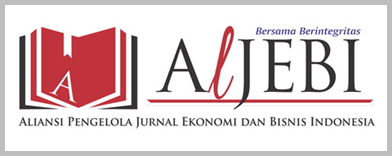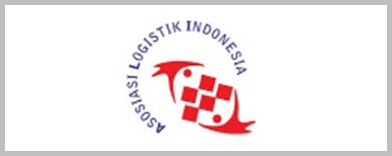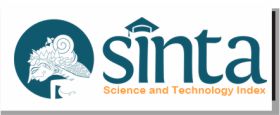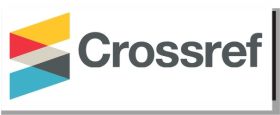Evaluating the Impact of Installed Capacity and Actual Production Volume on the Operational Efficiency of Regional Water Supply Company
Abstract
Keywords
Full Text:
PDFReferences
S. Kaplan Robert and P. N. David, The Balanced Scorecard: Putting Strategy into Action, Erlangga Publisher: Jakarta, 2001.
Srimindarti and Caecilia, "Balanced Scorecard as an Alternative, to Measure Performance," Economic Focus, vol. 3(1), no. April 2004, p. p. 52 – 64, 2004.
Mulyadi, "System Management strategic Based on Balanced Scorecards," Yogyakarta, UPP AMPYKPN, 2005.
Gaspersz and Vincent, Balanced Integrated Performance Management System With Six Sigma For Business and Government Organizations, Jakarta: PT Main Library Gramedia, 2005.
M. Mahsun, "Public Sector Performance Measurement, First Edition," Yogyakarta, BPFE Publisher , 2006.
D. Prasetya, Kapasitas Produksi dan Pengelolaan Sumber Daya Alam, Jakarta: Penerbit Salemba Empat, 2009.
R. S. Kaplan, Balanced Scorecard, 1996 ed. Jakarta: Penerbit Erlangga, 2000.
W. L. Neuman, Social Research Methods: Qualitative and Quantitative Approaches. Pearson Education, 2014.
R. Vikaliana dan I. Irwansyah, Pengolahan Data dengan SPSS. Serang: CV AA Rizky, 2019. [Daring]. Tersedia pada: https://books.google.co.id/books/about/PENGOLAHAN_DATA_DENGAN_SPSS.html?id=-UziDwAAQBAJ&redir_esc=y
S. Nurhasanah dan R. Vikaliana, Statistika Sosial, 1 ed. Jakarta, Indonesia: Salemba Empat, 2021.
W. J. Cosgrove dan D. P. Loucks, “Water management: Current and future challenges and research directions,” Water Resour. Res., vol. 51, no. 6, hal. 4823–4839, 2015, doi: 10.1002/2014wr016869.
M. Gandy, “Rethinking urban metabolism: water, space and the modern city,” City Anal. Urban Trends, vol. 8, no. 3, hal. 363–379, 2004, doi: 10.1080/1360481042000313509.
B. N. Silva, M. Khan, dan K. Han, “Towards sustainable smart cities: A review of trends, architectures, components, and open challenges in smart cities,” Sustain. Cities Soc., vol. 38, no. January, hal. 697–713, 2018, doi: 10.1016/j.scs.2018.01.053.
G. Mutani dan V. Todeschi, “Energy Resilience, Vulnerability and Risk in Urban Spaces,” J. Sustain. Dev. Energy, Water Environ. Syst., vol. 6, no. 4, hal. 694–709, Des 2018, doi: 10.13044/j.sdewes.d6.0203.
T. Lux, “The socio-economic dynamics of speculative markets: interacting agents, chaos, and the fat tails of return distributions,” J. Econ. Behav. Organ., vol. 33, no. 2, hal. 143–165, 1998, doi: 10.1016/s0167-2681(97)00088-7.
DOI: https://doi.org/10.31334/logistik.v9i1.4858
Refbacks
- There are currently no refbacks.
Copyright (c) 2025 Jurnal Logistik Indonesia

This work is licensed under a Creative Commons Attribution-NonCommercial-ShareAlike 4.0 International License.
View My Stats
____________________________________________
Jurnal Logistik Indonesia
ISSN 2579-8952 (media cetak), 2621-6442 (media online)
Email : [email protected]/[email protected]
Website: http://ojs.stiami.ac.id/index.php/logistik

















